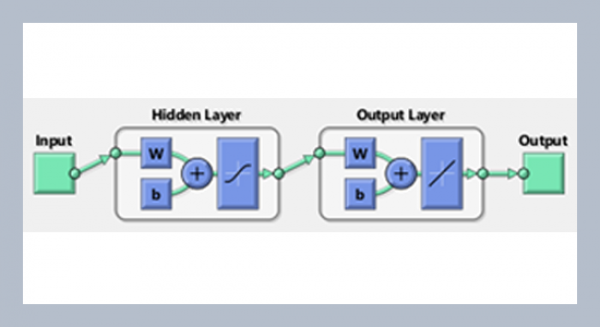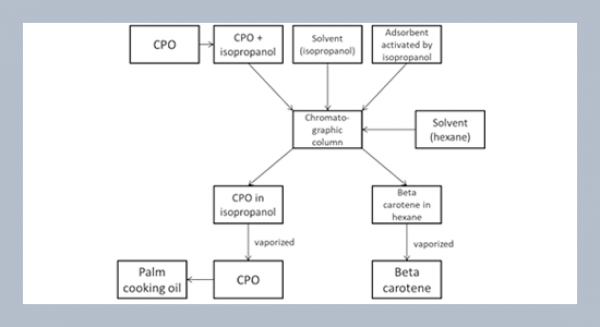Je-Ee. Ho1 Department of Mechanical Engineering, National Ilan University, Ilan, Taiwan, R.O.C.
Download Citation:
|
Download PDF
A non-destroy technology (NDT), simple pendulum’s model, to estimate the magnetization of the ferrofluid is introduced in this study. For this new testing method, the magnetic fluid, isolated in a closed volume to prevent the test sample from being exposed to ambient environment or interacted with any active medium, is suspended to the massless string to behave a simple harmonic oscillation. Thus the pollution of sample can be completely avoided during the measuring process. By regulating the input DC power voltage, various Gauss distributions of magnetic field are then axially generated along the finite solenoid immediately and then a magnetic pressure inside the ferro-particles will be induced to counteract its gravity effect. Consequently, the oscillating frequency of the simple pendulum will be slightly changed due to the loss of the apparent acceleration. From the corresponding period detected, the susceptibility of the test sample, 1.05~1.10, will be estimated within the working region of 5V~30V applied by DC power supply. That is also consistent with the original data ,1.13~1.27, provided by Matsumoto Co. and their relative errors are found to be less than 15 %.ABSTRACT
Keywords:
magnetization.
Share this article with your colleagues
REFERENCES
ARTICLE INFORMATION
Accepted:
2009-03-20
Available Online:
2009-02-01
Ho, J.-E. 2009. Estimate the magnetization of nano-ferrofluid with the simple pendulum’s oscillation. International Journal of Applied Science and Engineering, 6, 245–250.https://doi.org/10.6703/IJASE.2009.6(3).245
Cite this article:















